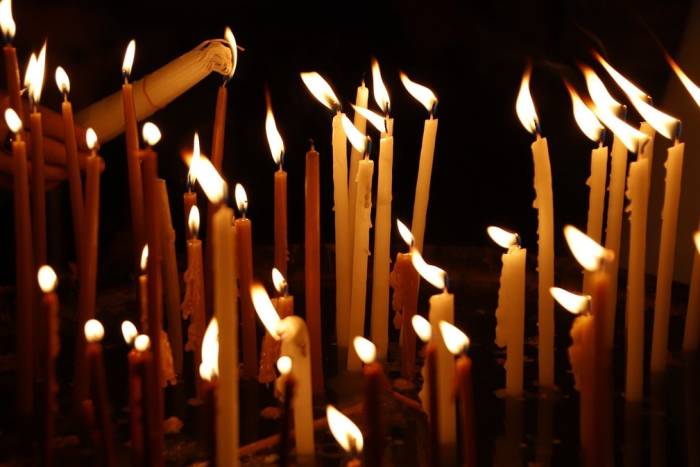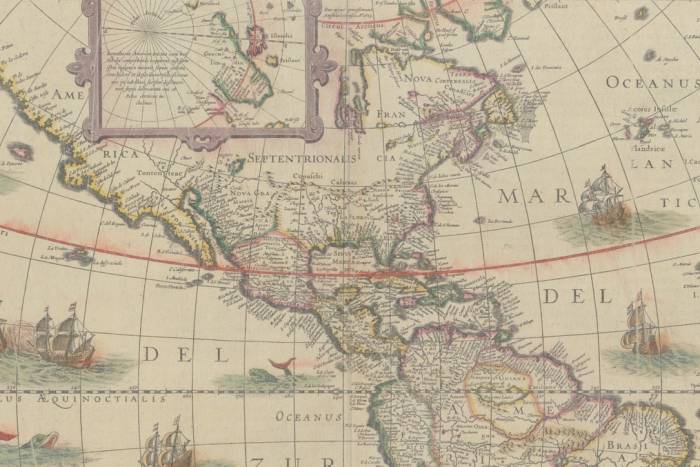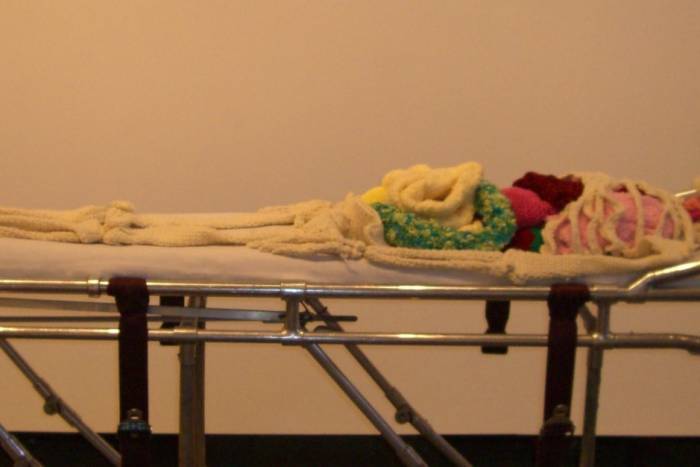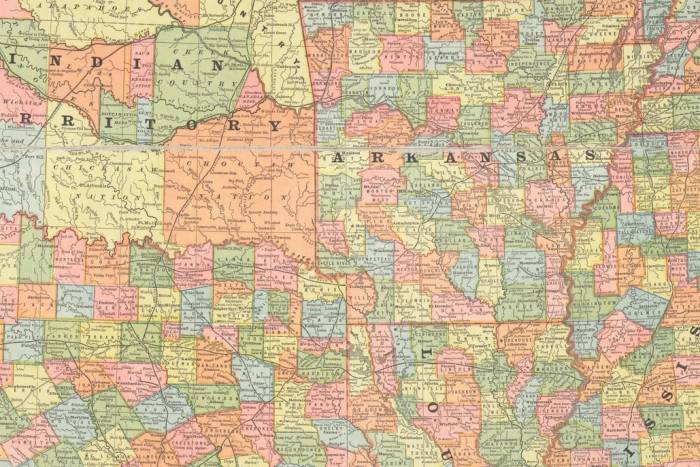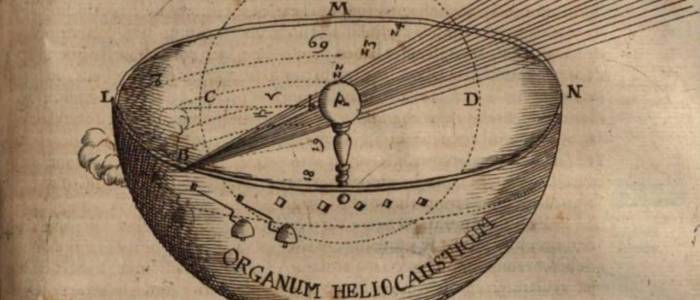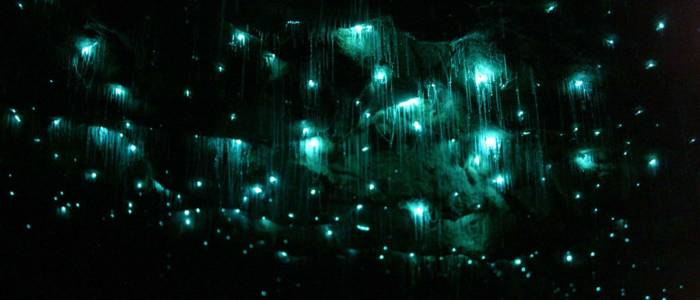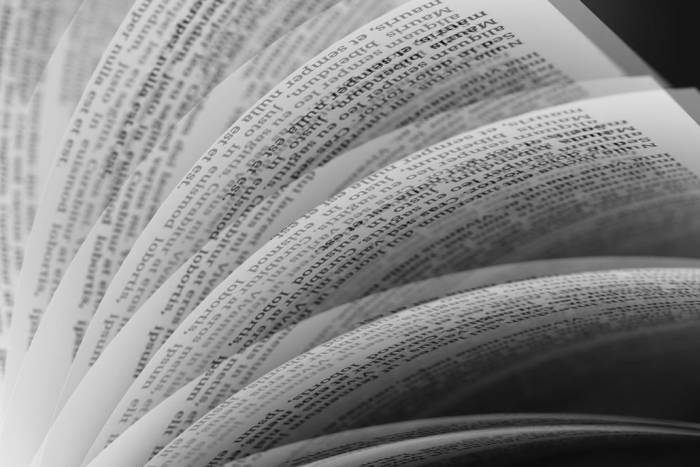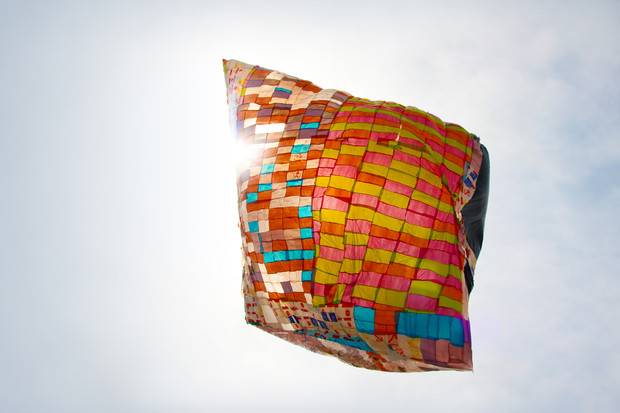The Day A. Conan Doyle Affirmed the Existence of Fairies
That day Conan Doyle assured that the fairy photographs taken by two girls in Cottingley, England, were absolutely real.
Although it seems hard to believe, Sir Arthur Conan Doyle, the mastermind behind the most famous and rational detective ever, had an extraordinary fascination for the spiritist world. One of his most famous ventures into this realm was when, after the death of his brother, Doyle decided to take the case of a series of curious photographs of fairies as if he was trying to personify his legendary character Sherlock Holmes.
Said photographs were taken by Elsie Wright, then 16 years old, and Frances Griffiths, who was 9––two cousins that lived in Cottingley, England. In 1920, Doyle published his investigation in the popular British magazine Strand, where he detailed the reasons for believing in the authenticity of these enigmatic photographs that showed, with impeccable definition, a group of fairies playing in the forest. The title read: “Fairies photographed, an event that defines an era, described by A. Conan Doyle”.
In a strange combination of hope and reason (although the latter sounds odd), The Coming of the Fairies magnificently exemplifies how one can shape reality in accordance to what one really wants to believe in the moment, no matter how far-fetched this is.
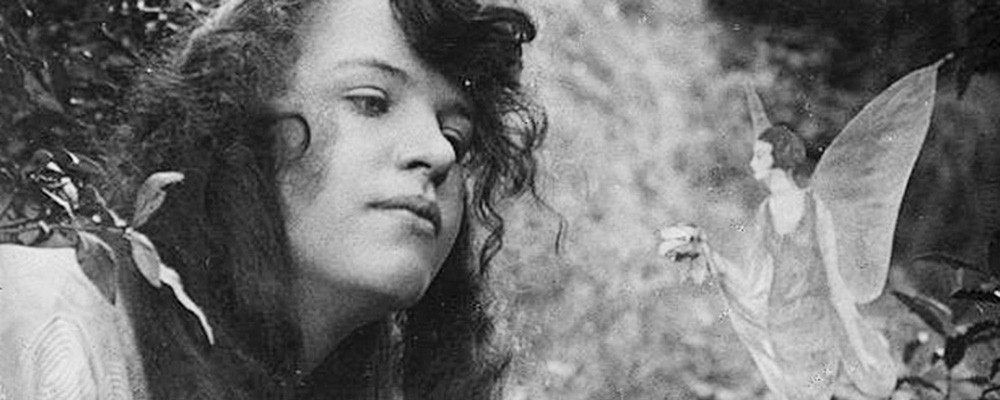
Mary Losure, author of The Fairy Ring: Or Elsie ad Frances Fool the World, carried out her own investigation on this event and enlists the series of mistakes that Doyle made while studying the case, same that led him to assert the images were real.

His first mistake, she says, was ruling out the possibility that the images could have been altered —he thought two young girls from the countryside could not have such craftiness. The second was not going to Cottingley himself, and instead sending Edward Gardner, an impetuous believer in fairies and elves, whose report stated that the girls did in fact see and talk to fairies and therefore the photographs must be real.
Doyle was very lucky and died with the firm believe that the Cottingley fairies were real. The girls, however, not long after his death, confessed that the fairies were mere cut outs from other illustrations. More than a mistake, perhaps, this case seems to prove that Conan Doyle was larger than himself and included otherness in his daily reality. About this he wrote:
There is nothing scientifically impossible, so far as I can see, in some people seeing things that are invisible to others. Victorian science would have left the world hard and clean and bare, like a landscape in the moon. One or two consequences are obvious. The experiences of children will be taken more seriously. Cameras will be forthcoming. Other well- authenticated cases will come along. These little folk who appear to be our neighbors, with only some small difference of vibration to separate us, will become familiar.
Related Articles
When ancient rituals became religion
The emergence of religions irreversibly changed the history of humanity. It’s therefore essential to ask when and how did ancient peoples’ rituals become organized systems of thought, each with their
Seven ancient maps of the Americas
A map is not the territory. —Alfred Korzybski Maps are never merely maps. They’re human projections, metaphors in which we find both the geographical and the imaginary. The cases of ghost islands
An artist crochets a perfect skeleton and internal organs
Shanell Papp is a skilled textile and crochet artist. She spent four long months crocheting a life-size skeleton in wool. She then filled it in with the organs of the human body in an act as patient
A musical tribute to maps
A sequence of sounds, rhythms, melodies and silences: music is a most primitive art, the most essential, and the most powerful of all languages. Its capacity is not limited to the (hardly trivial)
The enchantment of 17th-century optics
The sense of sight is perhaps one the imagination’s most prolific masters. That is why humankind has been fascinated and bewitched by optics and their possibilities for centuries. Like the heart, the
Would you found your own micro-nation? These eccentric examples show how easy it can be
Founding a country is, in some ways, a simple task. It is enough to manifest its existence and the motives for creating a new political entity. At least that is what has been demonstrated by the
Wondrous crossings: the galaxy caves of New Zealand
Often, the most extraordinary phenomena are “jealous of themselves” ––and they happen where the human eye cannot enjoy them. However, they can be discovered, and when we do find them we experience a
Think you have strange reading habits? Wait until you've seen how Mcluhan reads
We often forget or neglect to think about the infinite circumstances that are condensed in the acts that we consider habitual. Using a fork to eat, for example, or walking down the street and being
The sky is calling us, a love letter to the cosmos (video)
We once dreamt of open sails and Open seas We once dreamt of new frontiers and New lands Are we still a brave people? We must not forget that the very stars we see nowadays are the same stars and
The sister you always wanted (but made into a crystal chandelier)
Lucas Maassen always wanted to have a sister. And after 36 years he finally procured one, except, as strange as it may sound, in the shape of a chandelier. Maassen, a Dutch designer, asked the

